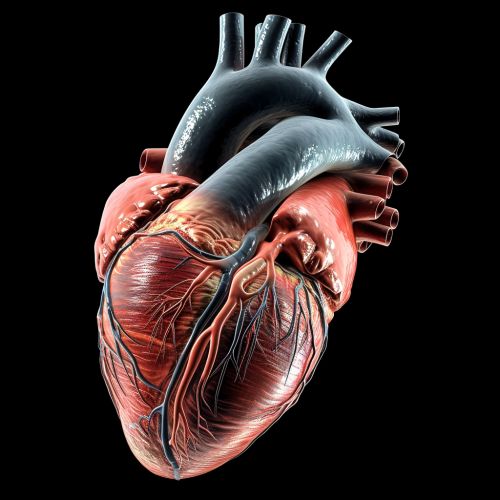Ventricular tachycardia
Definition
Ventricular tachycardia (VT) is a type of cardiac arrhythmia characterized by a fast heart rate. It originates in the lower chambers of the heart, known as the ventricles.


Classification
Ventricular tachycardia can be classified into several types based on its duration and the presence of symptoms. These include:
- Non-sustained ventricular tachycardia (NSVT): This type of VT lasts for less than 30 seconds and stops without treatment. It is often asymptomatic.
- Sustained ventricular tachycardia: This type of VT lasts for more than 30 seconds, or requires intervention to stop. It can be symptomatic and potentially life-threatening.
- Monomorphic ventricular tachycardia: In this type, the shape of the signals on an ECG is consistent throughout the episode.
- Polymorphic ventricular tachycardia: In this type, the shape of the signals on an ECG varies throughout the episode.
Causes
Ventricular tachycardia is often caused by heart conditions that affect the electrical system of the heart. These can include:
- Coronary artery disease
- Cardiomyopathy
- Myocarditis
- Valvular heart disease
- Congenital heart disease
- Electrolyte imbalance
Other factors that can increase the risk of VT include:
- Age: VT is more common in older adults.
- Family history: Having a family member with VT or other heart rhythm disorders can increase the risk.
- Lifestyle factors: These include smoking, excessive alcohol consumption, and use of recreational drugs.
Symptoms
The symptoms of ventricular tachycardia can vary depending on the duration and severity of the condition. They can include:
- Palpitations
- Dizziness
- Shortness of breath
- Chest pain
- Fainting (syncope)
In severe cases, VT can lead to cardiac arrest and sudden death.
Diagnosis
The diagnosis of ventricular tachycardia typically involves a combination of medical history, physical examination, and diagnostic tests. These tests can include:
- Electrocardiogram (ECG): This test records the electrical activity of the heart and can help identify VT.
- Holter monitor: This portable device records the heart's activity over a period of 24 hours or more.
- Echocardiogram: This test uses sound waves to create images of the heart, helping to identify any structural abnormalities.
- Cardiac catheterization: This procedure involves inserting a thin tube into a blood vessel and guiding it to the heart to examine its structure and function.
Treatment
The treatment of ventricular tachycardia depends on the cause, severity, and frequency of the episodes. It can include:
- Medications: Antiarrhythmic drugs can help control the heart rate and rhythm.
- Cardioversion: This procedure involves delivering a shock to the heart to restore normal rhythm.
- Catheter ablation: In this procedure, a catheter is used to destroy the area of the heart causing the abnormal rhythm.
- Implantable cardioverter-defibrillator (ICD): This device is implanted in the chest to monitor the heart rhythm and deliver shocks if necessary to restore normal rhythm.
Prognosis
The prognosis for ventricular tachycardia depends on the underlying cause and the overall health of the individual. With appropriate treatment, many people with VT can lead normal lives. However, VT can be life-threatening, especially if it leads to ventricular fibrillation, a condition in which the heart beats in a rapid, erratic manner.
